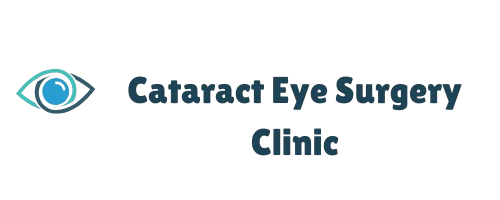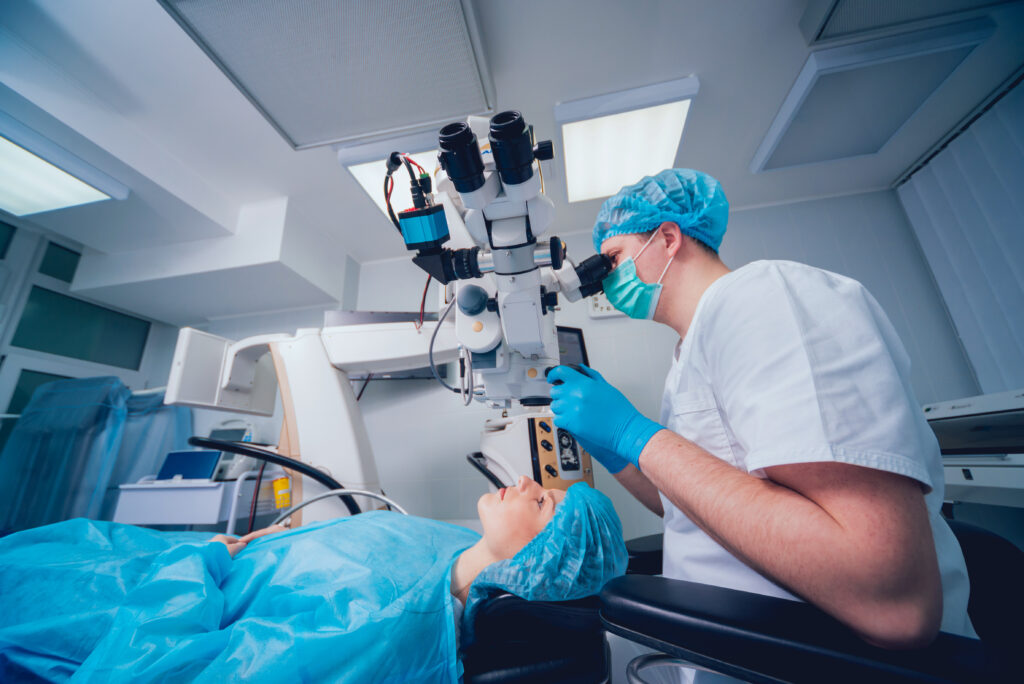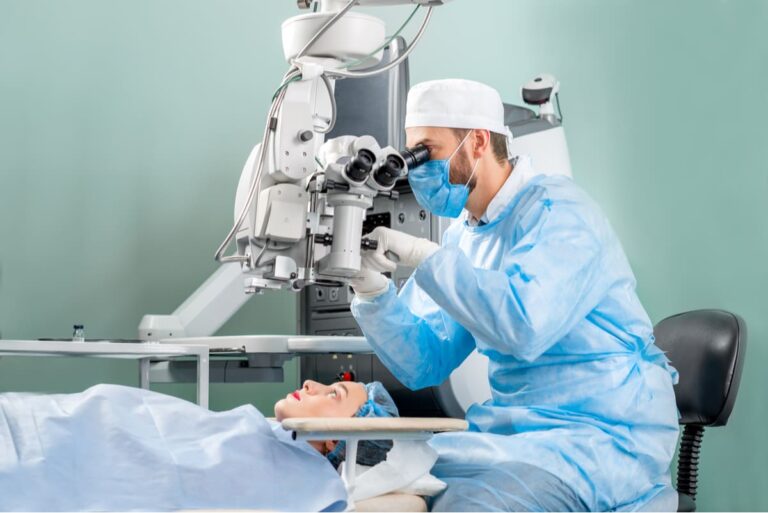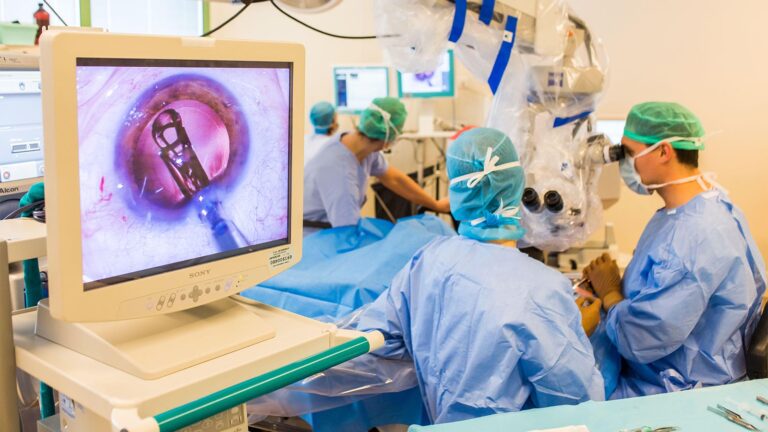Cataract surgery has become one of the most common and effective medical procedures in Sydney, aimed at restoring clear vision for individuals affected by cataracts. As technology advances, so do the techniques and methods used in cataract surgery, allowing for improved outcomes. This article explores the various aspects of cataract surgeries performed in Sydney, emphasizing cutting-edge techniques that promise crystal clear vision.
Understanding Cataracts and Their Impact on Vision
What are Cataracts?
Cataracts are a clouding of the lens in the eye, which is crucial for focusing light and providing clear images to the retina. This clouding can occur due to various factors, including aging, diabetes, prolonged exposure to sunlight, or even certain medications. As cataract surgery sydney progress, they can significantly impair vision, leading to difficulties in everyday activities such as driving, reading, or recognizing faces.
The formation of cataracts is often gradual, meaning that many individuals may not notice the changes in their vision until the condition becomes advanced. Early detection and intervention are key to preventing further deterioration of eyesight. Lifestyle choices can also play a role in the development of cataracts; for instance, a diet rich in antioxidants, such as vitamins C and E, may help protect the eyes from oxidative stress. Additionally, wearing sunglasses that block UV rays can be a proactive measure to reduce the risk of cataract formation.
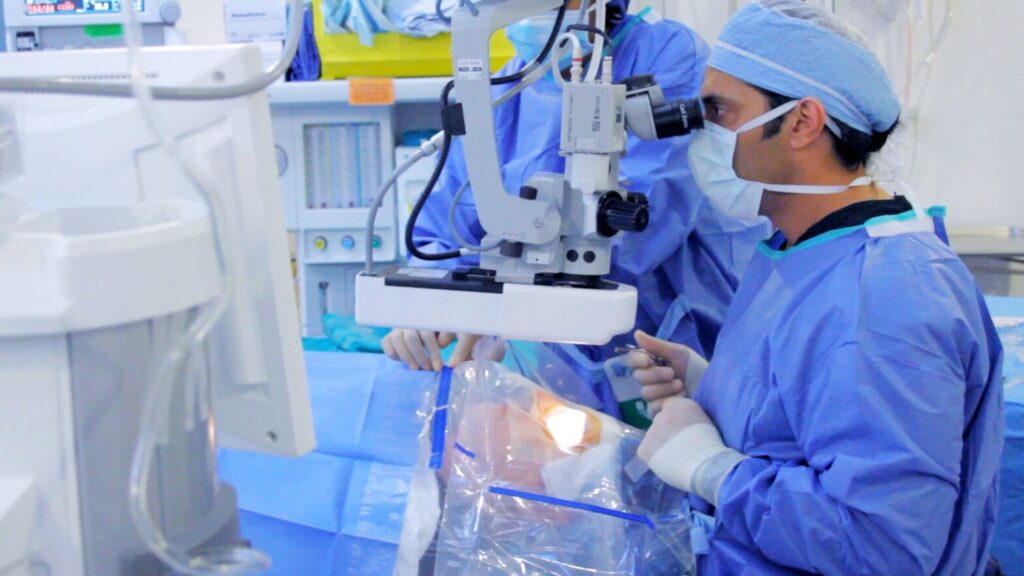
Symptoms and Diagnosis of Cataracts
The most common symptoms of cataracts include blurred vision, difficulty seeing at night, sensitivity to light, and seeing halos around lights. Individuals may also experience double vision or colors appearing faded or yellowed.
To diagnose cataracts, an eye specialist conducts a comprehensive eye exam. This may include using a slit lamp to examine the eye’s structure, checking visual acuity with an eye chart, and assessing the lens of the eye. Early diagnosis is essential as it can guide timely intervention, and in many cases, surgery may be recommended. Moreover, advancements in technology have led to improved diagnostic tools, such as optical coherence tomography (OCT), which provides detailed images of the eye’s internal structures. This allows for a more thorough evaluation of cataracts and can help determine the best course of treatment tailored to the patient’s specific needs.
The Evolution of Cataract Surgery
Traditional Cataract Surgery Methods
Historically, cataract surgery involved a lengthy process where the cloudy lens was removed and replaced with a rigid intraocular lens. This procedure often required a substantial recovery time and could be accompanied by various risks and complications.
Effects experienced post-surgery could include discomfort, inflammation, or in rare cases, serious complications like retinal detachment. However, traditional techniques paved the way for advancements in surgical methods that are used today. Surgeons relied heavily on their skill and experience, often performing the surgery without the aid of modern imaging or technology. This reliance on manual techniques meant that outcomes could vary significantly from one patient to another, and the need for follow-up surgeries was not uncommon. Read more about traditional cataract surgery at https://www.urmc.rochester.edu/eye-institute/cataract/traditional-surgery.aspx
The Advent of Modern Techniques
The evolution of cataract surgery has seen a transition from traditional methods to modern, technology-driven approaches. These innovations not only enhance surgical precision but also significantly improve patient outcomes. Newer techniques employ advanced imaging technologies that allow surgeons to map the eye in detail, leading to more personalized treatment options. For instance, the use of optical coherence tomography (OCT) provides real-time imaging, enabling surgeons to assess the eye’s anatomy with unprecedented clarity before making any incisions.
Moreover, with the introduction of phacoemulsification, a technique where ultrasound energy is used to break up the cloudy lens for removal, patients can benefit from smaller incisions and faster recovery times. This minimally invasive approach has transformed the patient experience, allowing many individuals to return to their daily activities within a day or two after surgery. Additionally, advancements in intraocular lens technology have led to the development of multifocal and toric lenses, which can correct not only cataracts but also pre-existing vision issues like astigmatism. As surgical practices continue to evolve, patients are now enjoying greater safety and efficiency in their cataract surgeries, with many reporting improved vision quality and satisfaction post-procedure.
Cutting-Edge Techniques in Cataract Surgery
Laser-Assisted Cataract Surgery
One of the breakthroughs in cataract surgery is the reliance on laser technology. Laser-assisted cataract surgery (LACS) involves the use of a femtosecond laser to perform several critical steps in the surgery, such as creating incisions, breaking up the lens, and softening the cataract.
This helps to diminish the reliance on ultrasound energy, thereby preserving surrounding tissue and reducing the overall energy applied during the procedure. The result is a more precise and controlled surgery, which often translates to less postoperative discomfort and faster visual recovery. Additionally, the use of laser technology allows for enhanced imaging and mapping of the eye, enabling surgeons to tailor the procedure to the unique anatomy of each patient’s eye. This personalized approach not only improves surgical outcomes but also enhances patient safety, making LACS a preferred option for many ophthalmologists.
Advanced Intraocular Lens Implants
Alongside advancements in surgical techniques, the evolution of intraocular lens implants has been remarkable. Patients can now select from a range of advanced lens options that cater to their specific vision needs, including multifocal and accommodating lenses.
These lenses can correct various vision issues, allowing patients to see clearly at multiple distances, thus reducing their dependency on glasses or contact lenses after surgery. As technology progresses, these implants are becoming more sophisticated, ensuring optimal results for patients undergoing cataract surgery. Furthermore, some of the latest lens designs incorporate specialized coatings to reduce glare and enhance contrast sensitivity, which is particularly beneficial for patients who drive at night or engage in activities requiring sharp vision. With ongoing research and development, the future of intraocular lenses promises even greater customization, potentially allowing for lenses that can adapt to the eye’s changing vision needs over time, leading to a more dynamic and satisfying visual experience post-surgery.
The Benefits of Modern Cataract Surgery
Improved Vision Quality
Modern cataract surgery techniques have led to significantly improved vision quality. Many patients report enhanced visual acuity, color perception, and depth perception three months post-surgery.
The accuracy and effectiveness of laser-assisted techniques and advanced lens implants provide patients with the clear vision they often thought was unattainable, making everyday activities simpler and more enjoyable. For instance, activities such as reading, driving, and even enjoying nature become more vibrant and fulfilling. The ability to see fine details, such as the intricate patterns on a butterfly’s wings or the subtle hues of a sunset, can profoundly enhance one’s appreciation of the world.
Faster Recovery Times
Another significant advantage of modern cataract surgery is the greatly reduced recovery time. With minimally invasive methods and advanced technology, patients can often resume their normal activities within a day or two after surgery. Many individuals even report noticeable improvements in their vision within hours of the procedure.
This swift recovery allows patients to regain their independence and quality of life sooner, making cataract surgery a far more appealing option than it was in the past. Moreover, the reduced need for postoperative care means that patients can spend less time in follow-up appointments and more time enjoying their newfound clarity of vision. This efficiency not only benefits the patients but also alleviates the burden on healthcare systems, allowing for more effective use of resources and time in medical facilities. To learn more about recovery click here.
Preparing for Cataract Surgery in Sydney
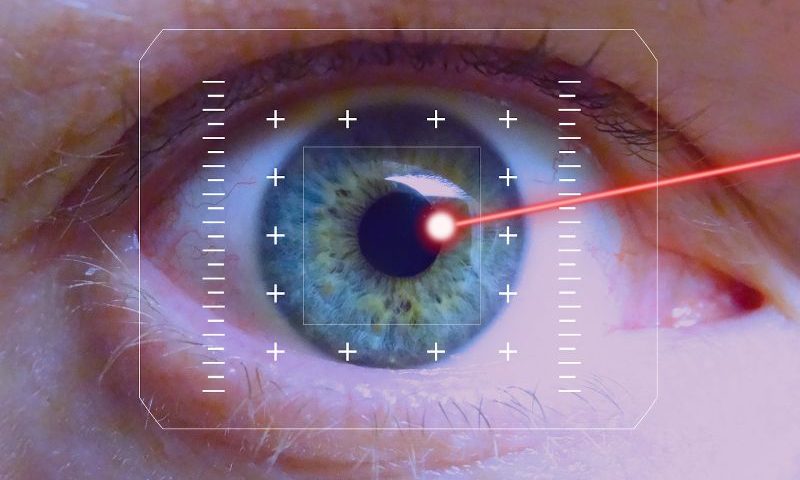
What to Expect During Your Consultation
Preparing for cataract surgery begins with a comprehensive consultation with an ophthalmologist. During this appointment, patients can discuss their symptoms, undergo a thorough eye exam, and explore surgical options tailored to their specific needs.
The doctor will provide important information regarding the procedure, address any questions or concerns, and outline the benefits and risks associated with the surgery. This step is vital in ensuring that patients feel comfortable and informed about the process. Additionally, the ophthalmologist may utilize advanced imaging technology to assess the cataract’s severity and determine the best surgical approach. This personalized assessment not only enhances the surgical plan but also helps patients understand the expected outcomes based on their unique eye health.
Pre-Surgery Checklist
Arrange transportation to and from the surgical facility, as you will be unable to drive immediately after the procedure.
Follow pre-operative instructions, such as refraining from eating or drinking for a specified period prior to surgery.
Discuss medication adjustments with your doctor, including the need to pause any blood thinners or supplements.
Plan for a follow-up visit to ensure proper healing and address any concerns post-surgery.
By adequately preparing for cataract surgery, patients can ensure a smoother experience and better outcomes. It’s also advisable to gather any necessary medical records and previous eye examination results to provide the surgeon with a comprehensive view of your eye health history. This thorough preparation can significantly enhance the surgical team’s ability to tailor the procedure to your specific needs, thereby improving the likelihood of a successful outcome.
Moreover, patients are encouraged to consider their lifestyle and visual needs when discussing lens options with their surgeon. With advancements in intraocular lens technology, there are now multifocal and accommodating lenses that can reduce dependence on glasses post-surgery. This discussion not only aids in setting realistic expectations but also empowers patients to make informed choices about their vision correction options.
Related : Cataract Eye Surgery: How It Works and Why It’s a Game-Changer
